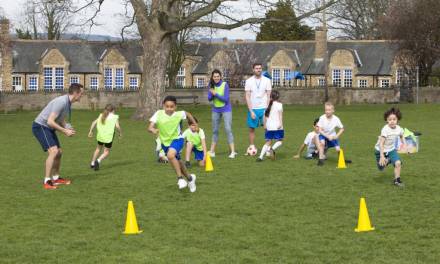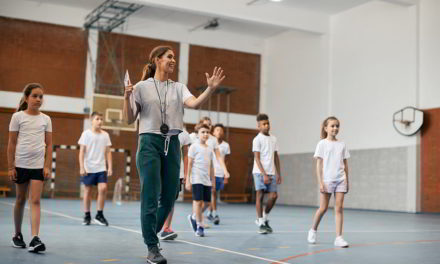If you teach at a school where there are lower levels of PE participation, it can be incredibly frustrating as a PE teacher.
Research shows that girls are less likely to participate in PE and that schools in deprived areas, as well as schools with high proportions of children from ethic minority backgrounds and SEN pupils, showed lower levels of participation.
When teaching in schools where participation levels are lower, it can be a real challenge to increase the participation numbers and you may even feel it is down to the previous PE staff’s legacy.
However, there are several tried and tested methods for increasing participation levels:
1. Offer a greater variety of activities
If you are teaching non-core PE then you can be more creative with your PE lessons.
For example, if you identify that Year 10 girls are not as keen on team sports, you may be able to raise participation by introducing activities like aerobics to current dance playlists or other activities that you think will appeal more to specific groups.
2. Make it fun
The more fun that you can bring into PE lessons, the more students will enjoy them.
Find ways to make sections like the warm-up a little bit more fun than just running and stretching by incorporating little games or using different sports equipment.
If you follow football, you might have seen the England team preparing in training at the World Cup by throwing a rubber chicken around or swimming with inflatable pink unicorns. Part of the reason was to relax the players but by making sessions more fun, it stopped the players from getting bored as they might have done with general training methods.
3. A PE kit that doesn’t put students off
There are many factors to consider when developing the PE kit requirements, from the cost to comfort and also incorporating religious clothing requirements.
Most high school students will be going through puberty and may not feel comfortable in tight-fitted clothing and may have growth spurts to contend with. So, when deciding the PE dress code, it might help to get feedback from a representative sample of students to help address any kit issues that could lead to lower participation.
Sliders and designer labels are obviously not going to make the cut but it does help to get students’ opinions!
4. Promote positive role models
Having positive role models to aspire to be can help combat a variety of different reasons behind lower participation levels.
For example, girls who think that certain sports are not very feminine might be encouraged by seeing role models from the sport. This could be by showing videos, or it could be by inviting guests into the school to talk to students.
If you find that some students don’t want to participate in sports because it isn’t seen to be cool (or whatever the latest teen lingo is) then talking about sports stars with similar backgrounds to the students might inspire them. e.g. a local boxer who went on to be successful.
5. Ask students what they want to do
Whilst you might get some ridiculous answers if you ask students what they would like to do in PE lessons, you might also get some valuable insight into what will appeal to them more. Even if you only take one student-suggested lesson a term, it will help them to feel more involved and engaged in PE.
These are some of the most successful ways of encouraging participation levels in PE but if you have any other ideas, please feel free to share them with us by leaving comments below.










